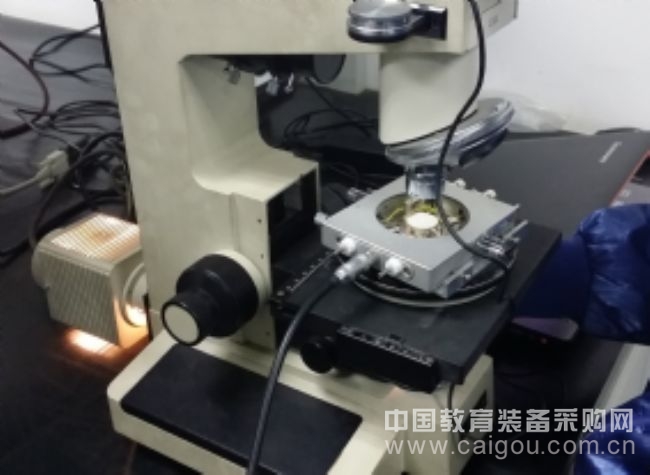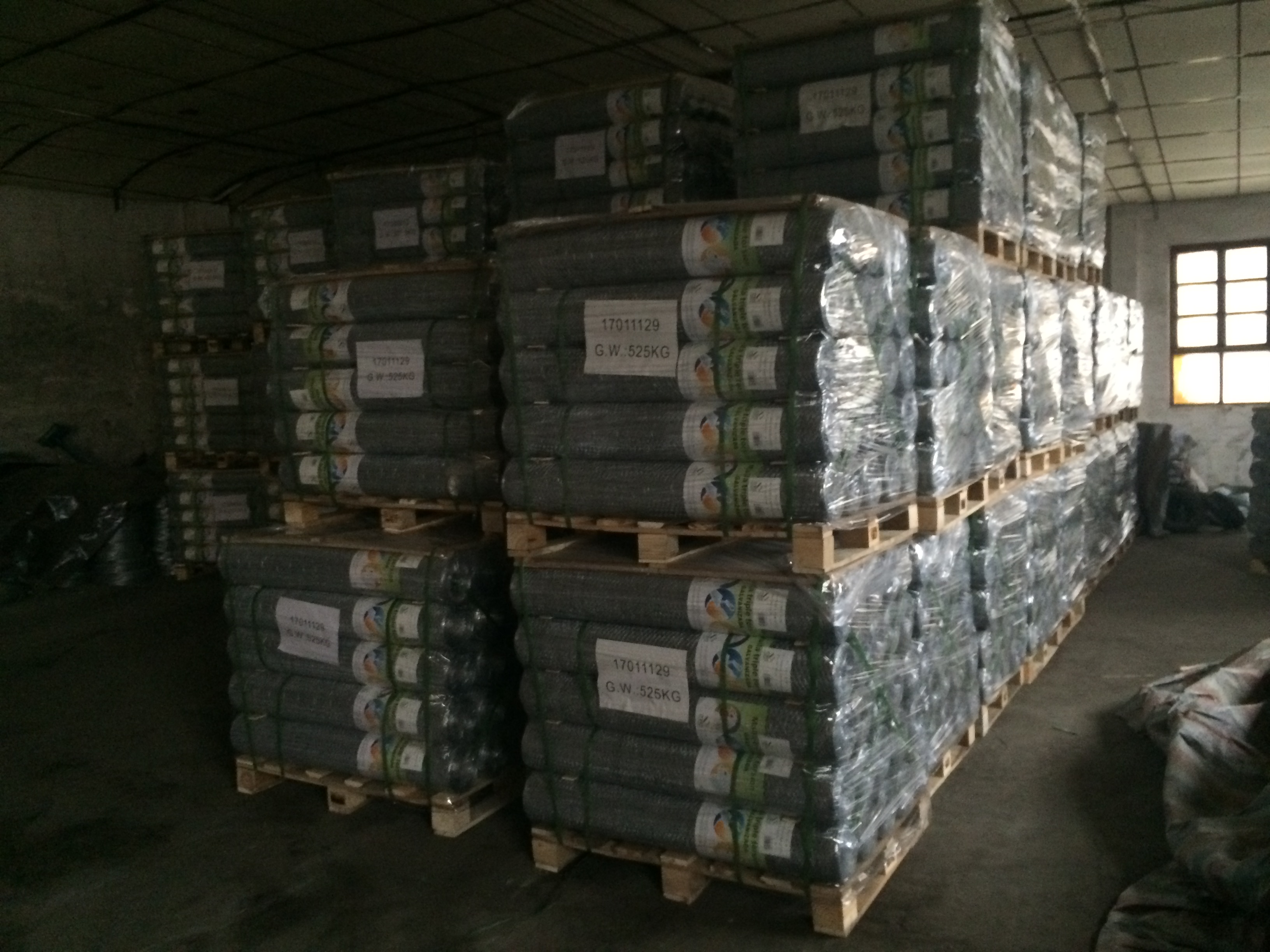
Introducing a Self-Made Continuous Temperature-Changing Polarizing Microscope: Function and Application
This self-developed continuous temperature-changing polarizing microscope serves as a crucial technical tool for real-time, online observation of microscopic structural changes. It has been successfully integrated into the experimental teaching curriculum at Tsinghua University, allowing undergraduate students to directly observe the evolution of domains and domain structures in antiferroelectric crystals through digital video. This hands-on approach makes the abstract concept of "domain" more tangible and visual, significantly enhancing the learning experience in materials science.
Traditional temperature-variable polarizing microscopes are complex in design, costly, and limited in availability, with only a few manufacturers capable of producing them. Additionally, due to the constraints of the continuous temperature components under orthogonal polarization, these commercial systems can only observe small domain structures, making sample preparation difficult and limiting the quality of observations.
To address these challenges, our team utilized the Jiangnan XJZ-6 orthogonal polarized gold image platform and introduced an Olympus WLD×50/20 ultra-long focal length objective lens. This allowed the temperature control device to be directly placed within the optical path of the microscope. We also incorporated a digital SLR camera system, which effectively solved issues such as noise and blurring that often occur in low-light conditions with conventional CCD cameras. The result is high-resolution images with 12 million pixels, offering excellent clarity and flexibility in adjusting both the camera's focal length and rotation angle.
In addition, we modified the X-Y translation stage of the polarizing microscope by adding a 360° rotating mechanism. This enabled six degrees of freedom (X/Y, ω, X'/Y', ω'), greatly improving the ease of pre-conditioning the optical path and adjusting the observation area during experiments. The variable temperature device was designed with conductive heat transfer in mind, enclosed in a flexible sealing unit made from high thermal conductivity materials. The sample chamber is integrated with the cooling/heating module, ensuring efficient thermal contact with the sample via an embedded cabin mechanism.
The refrigeration system uses an in-line channel closed sandwich design, allowing liquid nitrogen to flow through embedded channels. A self-priming liquid nitrogen pump controls the flow rate, while the temperature control system regulates heating power to maintain the desired temperature range. This setup allows for continuous temperature changes from -190°C to 600°C, enabling detailed observation of large samples (up to centimeter scale) with high magnification (×200 and ×500), real-time polarized light observation, and high-quality image acquisition.
Key innovations of this homemade instrument include:
1. Integration of a commercial digital SLR camera into the polarizing microscope, enabling high-quality digital imaging and overcoming common issues like noise and blurring under low light.
2. A conductive heat conduction design for the temperature control system, fully enclosed in a flexible sealing device with high thermal conductivity materials.
3. Custom-designed objective lens adapter that allows the use of the Olympus WLD×50/20 ultra-long focal length lens, enabling direct placement of the temperature change accessory in the optical path.
4. A modified X-Y translation stage equipped with a 360° rotating mechanism, providing six degrees of freedom and simplifying the adjustment process during experiments.
Technical specifications of the self-made microscope include:
- Temperature range: -190°C to 600°C
- Observation modes: Transmission and reflection
- Polarization capability
- Magnification: ×200, ×500
- Digital image resolution: 12 million pixels
- Sample size: <Φ5mm (transmission), <Φ15mm (reflection)
Operating procedures involve:
1. Installing a long working distance objective lens on the polarizing microscope.
2. Fixing the temperature stage on the microscope’s rotating table and aligning the optical path.
3. Adding liquid nitrogen and connecting the necessary water, gas, and electrical lines.
4. Loading the sample and verifying its movement using the temperature stage controls.
5. Adjusting the microscope light path, sample position, and camera angle to select the optimal observation area.
6. Activating the circulating water pump, liquid nitrogen pump, and temperature control system.
7. Setting the desired temperature and recording images or videos once the target temperature is reached.
8. Returning the temperature to 25°C after the experiment and shutting down all power sources.
Using this custom-built microscope, for the first time in the world, researchers observed the microscopic domain structure of lead zirconate titanate sulfide (PLZST) antiferroelectric material under continuous temperature changes from 25°C to 178°C, specifically under P/A: 0° and P/A: 45° configurations. This groundbreaking observation provided new insights into the temperature-dependent domain evolution in PLZST single crystals.
As new functional ceramic materials continue to evolve rapidly, this advanced experimental course focuses on cutting-edge antiferroelectric materials, emphasizing the forward-thinking nature of the research. By using custom instruments for observation, students gain hands-on experience similar to that of professional researchers, fostering innovation and critical thinking throughout the experimental process.
Title: Continuous Temperature-Changing Polarizing Microscope
Completed by: Tsinghua University
Hexagonal Wire Netting
Galvanized hexagonal wire mesh is
also named Chicken wire netting, made of low carbon iron wire,
galvanized or hot-dip zinc plated before or after weaving. Hexagonal
wire netting is firm in structure and has flat surface. It is
extensively used in INDUSTRIAL AND AGRICULTURAL CONSTRUCTUONS AS
REINFORCEMNET AND FENCING. It is also used as Fence for Poultry Cage,
Fishing, Garden and Children playground, etc.
Benefits
-
Ÿ Corrosion-
resistant, rust-resistant
-
Ÿ Oxidation
–resistant, good tensile strength
-
Ÿ Galvanized/Plastic
coated for longer life
-
Ÿ Easy
to handle and cut


Galvanized Wire Mesh for Poultry,STUCCO NETTING, Hot Dipped Galvanized Poultry Wire Mesh, Stainless Steel Hexagonal Wire Netting, Galvanized Chicken Wire Netting,Hexagonal Wire Netting
DINGZHOU TIAN YILONG METAL PRODUCTS CO., LTD. , https://www.wiremeshsolution.com


